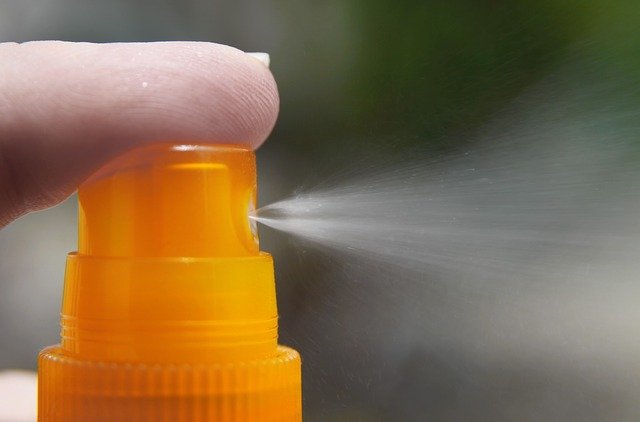A spray adhesive is a form of glue that is administered by spraying. As opposed to other forms of bonding glues that are poured or wiped on, spray adhesives are less messy and easy to use.
There are different types of spray adhesives. Therefore, it is essential to choose the right kind of spray adhesive depending on your project for a successful outcome.
Types of Spray Adhesives
1. Artist Spray Adhesives
For artists working with lightweight materials, such as poster paper, construction paper, and regular paper, this type of spray is the most effective. It assists with the presentation, design layouts, and other artistic projects that require a long-lasting bond and achieving your desired design.
2. Photo Spray Adhesives
For scrapbooking and pictures of all sizes and shapes, a photo spray adhesive is a perfect tool. You don’t have to worry about messing the photos as the spray comes out thin and transparent.
Spray adhesives are used on maps and posters to prevent them from tearing and getting damaged. Also, spray adhesives are used on family albums and photos to create a strong bond that will keep the images intact for a more extended period.
3. General Spray Adhesives
General spray adhesives are the most widely used. They are more robust and can be used on any surface. They can be used on leather, tables, furniture, plastic, vinyl, wood, and other materials that require fixing. General spray adhesives dry quickly and are more useful for household usage and fixes. Spray adhesives are suitable for many projects; they bind fabric pieces together, repair appliances and furniture, and crafts projects.
4. Foam Spray Adhesives
There are different types of foam adhesives for different types of projects. It is mostly used for crafts that involve artificial flower sequences, wreaths, and train stations. This type of foam comes in different colors and textures, and it’s common in decorations and window displays or craft stores.
Tips on Using Spray Adhesives
1. Assess the type of spray adhesive- To avoid unwanted results, determine the right kind of adhesive fit for your project.
2. Prepare the work surface– External elements such as oil, grease, moisture, and dust can affect an adhesives’ performance.
3. Protect the surface- The use of newspapers, rags, or mats helps protect the covers from spray spillage.
4. Ensure Adequate Ventilation- Spray adhesive particles can be easily inhaled. Some spray adhesive has dangerous elements that can pose a threat to human health. Breathing in the spray’s fumes can lead to health risks; therefore, outdoor spaces are more effective.
5. Test before application- Ensure you have a test area to apply a thin film of the adhesive before applying on the target surface.
6. Storage– Store the adhesive in a cool and dry place. It is crucial to spray out excess adhesive to prevent clogging. However, a clogged nozzle can be treated with the use of turpentine.
7. Spray gentle amounts- To avoid bumps and leaks, spray a mild quantity of adhesive lightly and evenly on the surface.
8. Spray from a distance- It is recommended to spray from a closer distance to ensure the finished project looks evenly distributed. Pouring from a distance could lead to the adhesive spilling on the floor.
9. Hold the can properly- Unlike many other forms of sprays where we tilt the can, you need to void tilting the spray can; this helps ensure an even application.
10. Let the glue cure- Leave spray bonds to dry up after application. They dry quickly, and maximum dryness leads to a strong bond.
11. Wear the right protection- The use of gloves and safety goggles goes a long way to ensure maximum protection on your hands and eyes. To prevent you from inhaling the fumes through your mount, use a facemask always.




